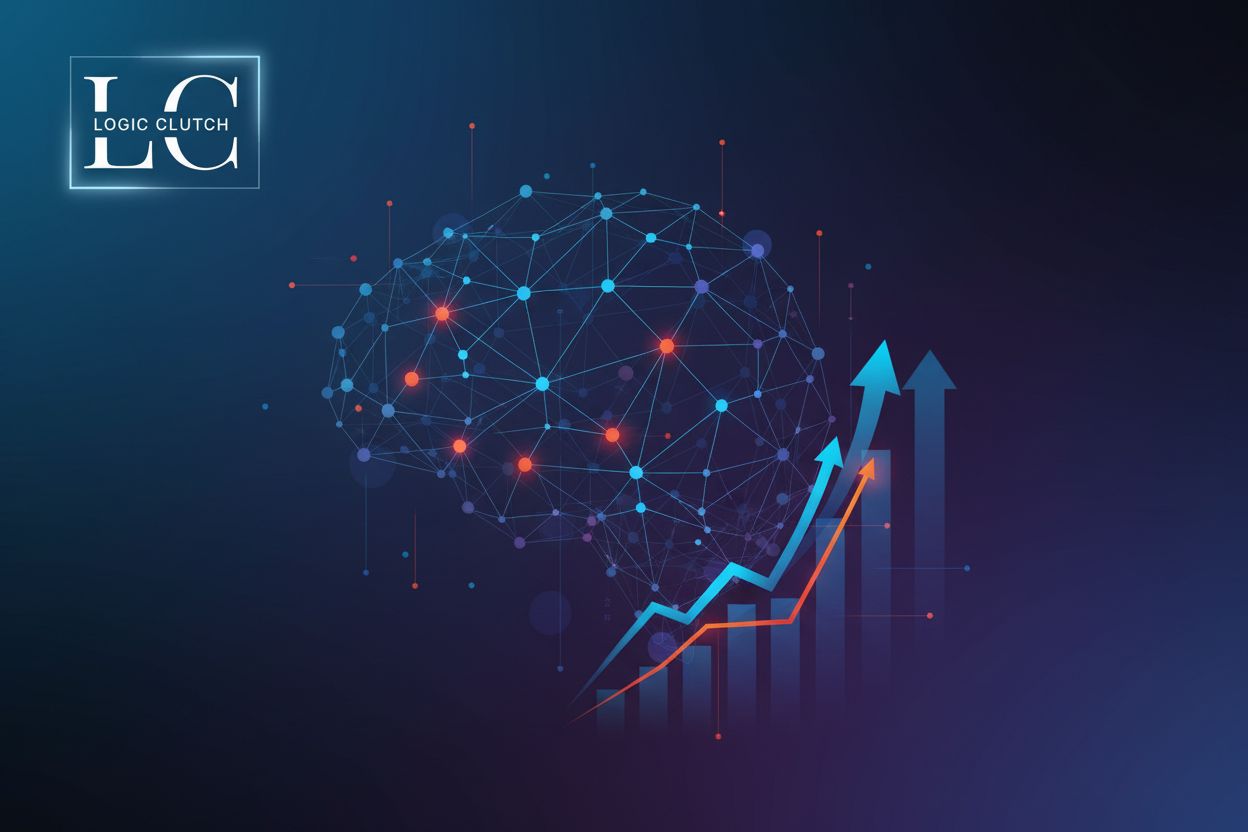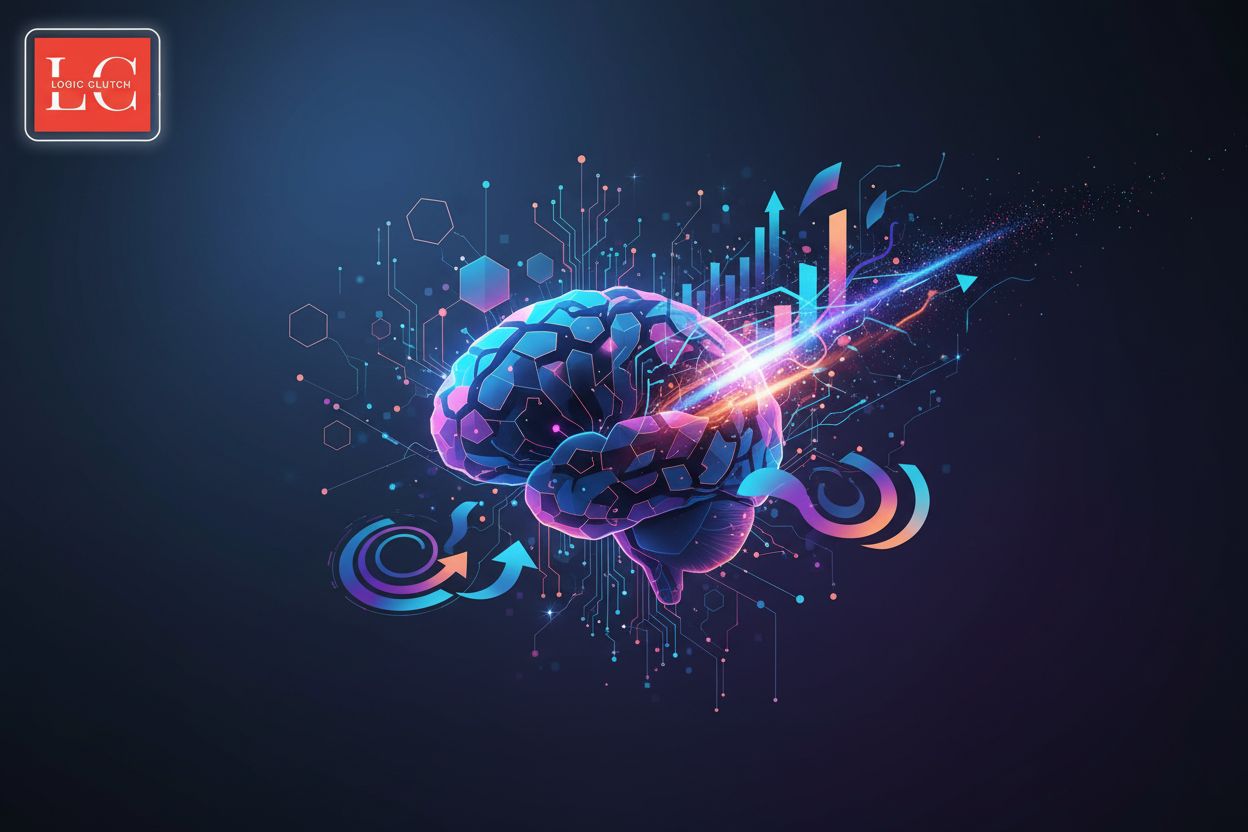Einstein Discovery Storytelling
TL;DR
Introduction to
Data—it's everywhere, right? But what if you could, like, really understand it? Einstein Discovery Storytelling tries to do just that.
Here's what it's about:
- Einstein Discovery is a self-service data science tool, part of Salesforce. EA Certification Study Guide Part 3: Einstein Discovery Story Design explains it as a way for anyone to analyze data and find predictions.
- Storytelling makes data easier to get, and helps with making decisions.
- It's all part of using ai and going digital in a smart way.
Next up, we'll look at why storytelling matters.
Preparing Your Data for Compelling Stories
Okay, so you're ready to tell your data's story, huh? But hold on, is your data actually ready to talk?
Here's a few things to keep in mind when prepping your data for Einstein Discovery:
- Gotta have enough data, but not too much, ya know? According to Einstein Discovery: How much data for a good story? it's about balance. You want enough rows and columns to get variety, but not so many that it gets messy.
- Choose the right stuff. Pick variables that matter to what you're trying to figure out.
- Clean up your act! Get rid of those weird outliers and fix any missing info. Garbage in, garbage out, right?
Think of it like this: you wouldn't try to bake a cake with rotten eggs, would you? Same goes for your data.
Next up, we'll dive into common data pitfalls to avoid.
Unlocking Insights: Exploring the Four Insight Types
Ever wonder how Einstein Discovery really digs into your data? It's all about uncovering different types of insights, and predictive insights are where things get interesting.
Here's the lowdown:
Waterfall charts are your friend, its used to visualize predictions. They show you how different factors contribute to an outcome, step by step, so you can see what's driving the numbers. Like, if you're looking at sales performance, a waterfall chart can show how marketing spend, seasonality, and competitor actions all play a part.
Bar charts helps you spot opportunities for improvement. They highlight the areas where changes can have the biggest impact. Imagine a healthcare provider using bar charts to identify which operational tweaks would most improve patient satisfaction scores.
"What-if" analyses let you play around with different scenarios. What if we increase ad spend by 10%? What if we launch a new product line? You can see how these changes could affect your key metrics.
These "predictions and improvements" insights are super beneficial to maximize.
Ready to see what else Einstein Discovery has up its sleeve? Next, we'll explore comparative insights.
Advanced Techniques and Customization
Ready to take your Einstein Discovery stories to the next level? It's all about tweaking things and making it your own!
First, schedule automated analysis. This way, new data gets added to your model without you having to lift a finger. that way you don't have to manually update it constantly.
Then, review and update model variables. What mattered last quarter might not matter now, ya know? Keeping your model fresh is key.
Don't forget the "Improvements toolbar". It's like a data detective, spotting issues that you might miss.
Think of like, a retail chain. They schedule updates to see how promotions are doing. They also tweak the models to see the impact of weather on sales.
Next, we'll see how to bring these insights back into Salesforce!
Real-World Applications and Use Cases
Wanna see Einstein Discovery in the wild? It's not just theory; plenty of businesses are using it to get smarter, ya know?
Here's a few real-world examples:
Improving sales performance: Imagine a sales team trying to figure out why some deals close faster than others. With Einstein Discovery, they can analyze stuff like lead source, deal size, and rep experience to find what's really driving success. Then, they can focus on those things to close more deals, faster.
Boosting customer satisfaction: Think about a healthcare provider who wants to improve patient experience. They could use Einstein Discovery to analyze feedback surveys, wait times, and treatment outcomes. That way, they can spot the areas that needs work and make changes that patients will actually notice.
Optimizing operational efficiency: A retail chain can use it to analyze supply chain data, staffing levels, and store layouts. This helps them figure out how to reduce costs, minimize waste, and make stores run smoother, you know?
Einstein Discovery helps businesses across industries make smarter decisions, its like, a data-driven superpower.
Next up, we'll look at how to bring these insights back into Salesforce.
Conclusion: Embracing Data-Driven Storytelling with Einstein Discovery
Einstein Discovery Storytelling isn't just a tool, its like, a new way of thinking about data. Ready to wrap things up?
- recap: Einstein Discovery helps you find insights, predict outcomes, and make smarter choices. it's all about leveraging ai to get ahead.
- Embrace data-driven decisions! Use those insights to transform your business and stay competitive in today's digital world.
- Keep learning, keep adapting. Data analytics is always changing, so stay curious and keep pushing the boundaries.






